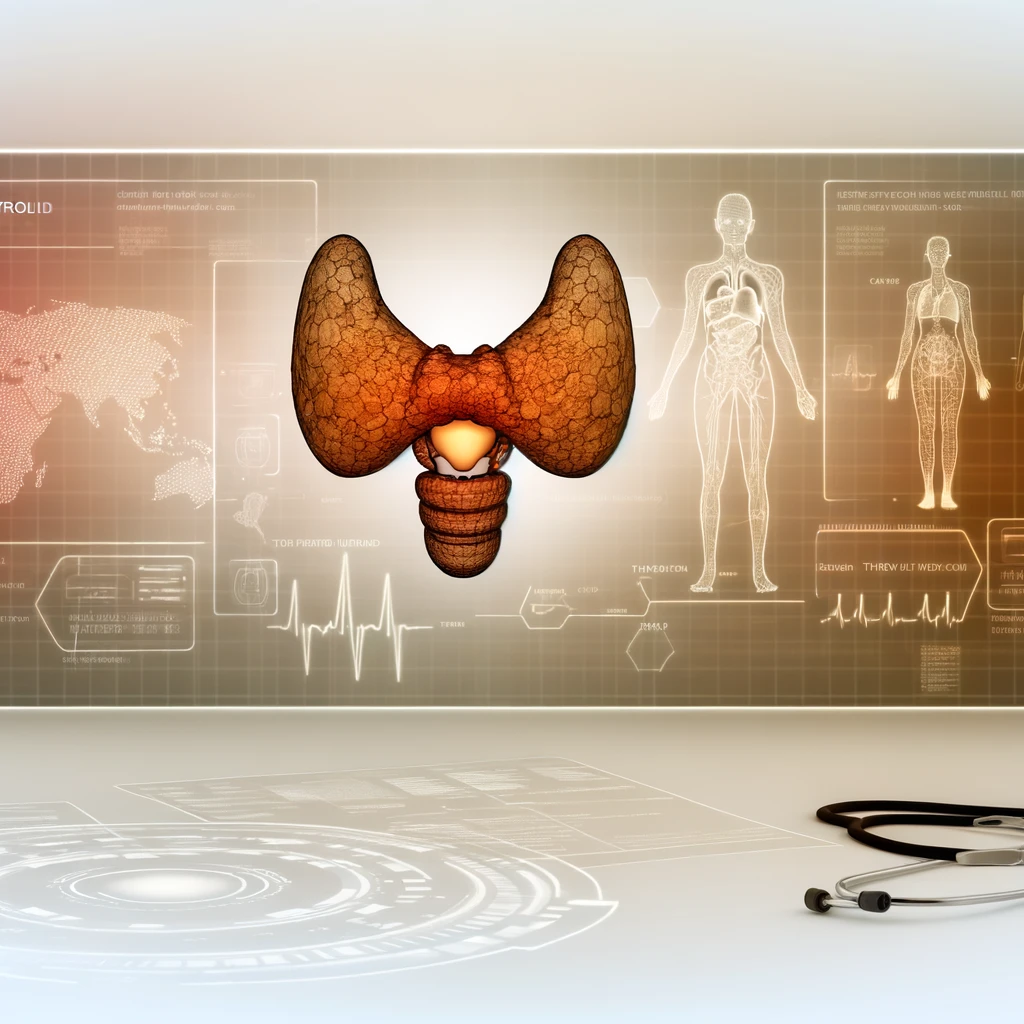
Ergonomics in the Workplace: Protecting Your Body
In today's fast-paced work environment, the importance of ergonomics cannot be overstated. Ergonomics is the science of designing the workplace, keeping in mind the capabilities and limitations of the worker. A well-designed ergonomic workplace can prevent injuries and improve productivity.
Why Ergonomics Matter
Ergonomics aims to create a safe, comfortable, and productive workspace by understanding the interactions between workers and their environment. Proper ergonomics can help reduce the risk of repetitive strain injuries, musculoskeletal disorders, and other work-related injuries.
The Consequences of Poor Ergonomics
Without proper ergonomics, workers are susceptible to a variety of injuries. Common issues include back pain, carpal tunnel syndrome, and tendonitis, all of which can lead to decreased productivity and increased absenteeism.
Implementing Ergonomic Solutions
Implementing effective ergonomic solutions requires a comprehensive approach. Here are some strategies to consider:
1. Adjustable Workstations
Invest in adjustable desks and chairs to ensure that employees can work comfortably. Proper desk height and chair support can significantly reduce strain on the neck and back.
2. Monitor Placement
Position computer monitors at eye level to prevent neck strain. The monitor should be about an arm's length away from the user.
3. Ergonomic Accessories
Consider using ergonomic keyboards and mouse devices to minimize wrist strain. Wrist supports can also be helpful in maintaining proper alignment.
4. Encourage Movement
Encourage employees to take short breaks to stretch and move around. This not only alleviates muscle tension but also boosts mental alertness.
Training and Awareness
Providing training sessions on ergonomic practices is essential. Educate employees about the importance of ergonomics and how to adjust their workstations to suit their needs.
Conducting Ergonomic Assessments
Regular ergonomic assessments can identify potential issues before they become problems. Assessments help in making data-driven decisions to improve workplace ergonomics.
Conclusion
Ergonomics in the workplace is crucial for protecting the health and well-being of employees. By implementing ergonomic solutions and promoting awareness, businesses can reduce the risk of injuries and enhance productivity. Investing in ergonomic practices is not just a health decision, but a financial one as well, leading to reduced healthcare costs and improved employee satisfaction.
Related Articles





